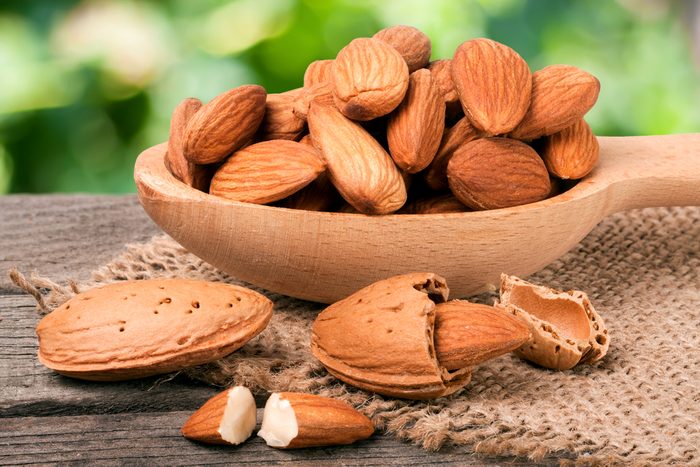
Amazing almonds
One of the quintessential superfoods, almonds are packed with protein and vitamin E and are also a great source of fiber, calcium and iron. We set out to learn more about this healthful nut by visiting a family-run almond orchard in Arbuckle, California, which grows and harvests almonds for Almond Breeze. Test your knowledge by checking out these eight facts you might not know about almonds. Click below for more almond facts to savour.
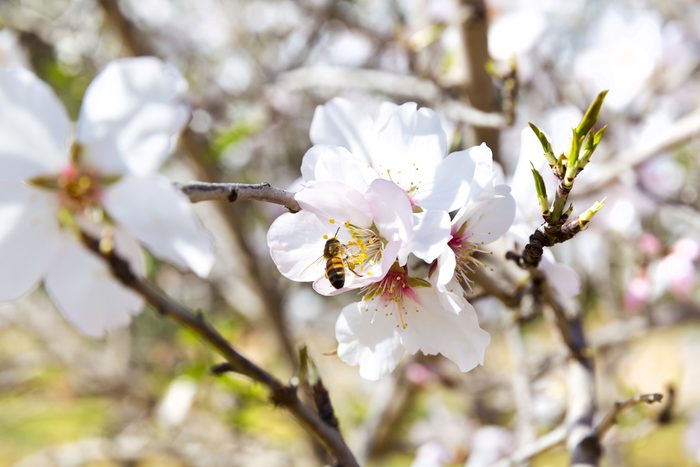
Bitter bees
Almond Facts: Bees are an important part of almonds growth. A good crop is highly dependent on bees pollinating the trees during blooming season, which means almond growers are very careful to create the perfect environment for the bees to prosper. Interestingly, honey made from bees who have pollinated almond trees is bitter and cannot be consumed as is. So it’s blended with other types of honey for a better taste.
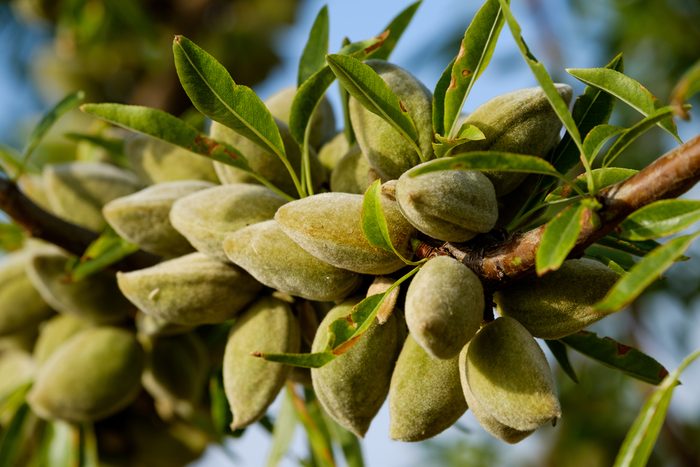
Snow birds
Almond Facts: Almond trees are incredibly sensitive to cold temperatures making it a constant battle to ensure that the air around the orchard stays above a certain temperature to protect the crop. “That’s one of the risks I take,” shares Michael Doherty, an almond grower. “If the temperature hits -2 or -3 °C degrees during blooming season, I would lose my whole crop.”
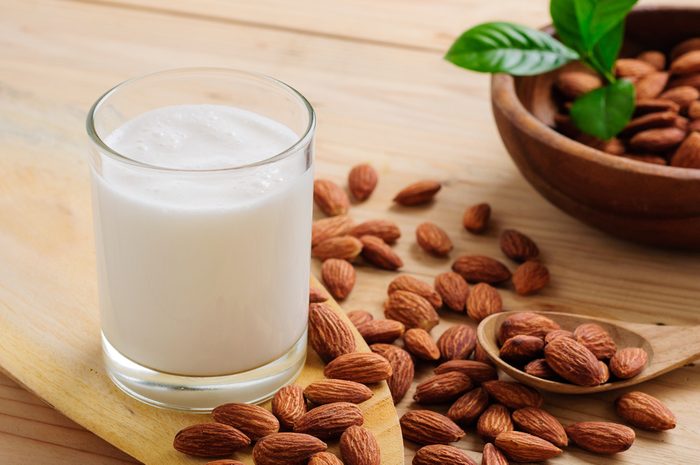
Calorie count
Almond Facts: Almond milk contains a surprisingly low amount of calories. One cup of almond milk is just 30 calories, or about half the amount of calories for the same amount of cow’s milk. For the lowest calorie count, try the unsweetened almond milk variety.
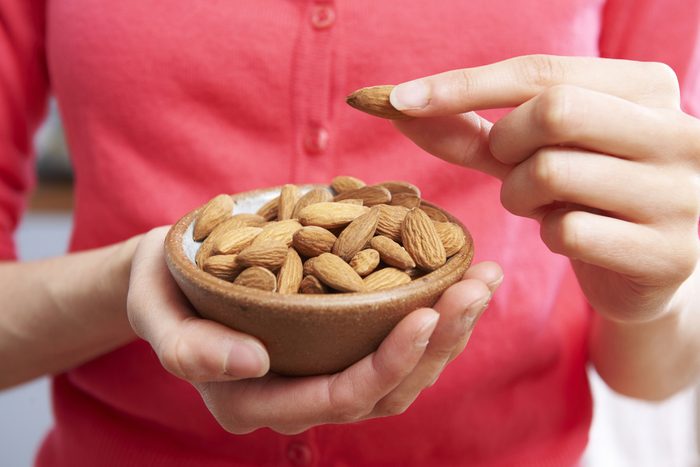
Superfood powerhouse
Almond Facts: With six grams of protein per ounce, 12 different vitamins and minerals and a high amount of good-for-you monounsaturated fat, almonds have a myriad of nutritional benefits. They also happen to be a good source of magnesium.

Family matters
Almond Facts: As a drupe, almonds are part of the same family as cherries, peaches and mangoes. Next time you eat a peach, notice that the pit resembles an almond.
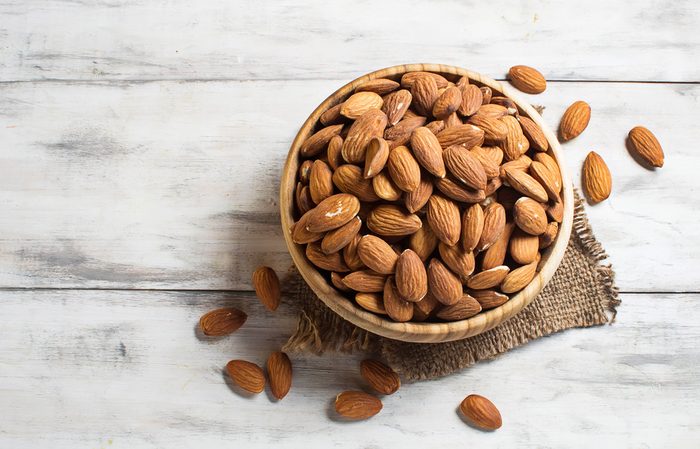
Variety is the spice of life
Almond Facts: There are over 30 different varieties of almonds. Some of the most common are Nonpareils, Mission and California. They vary in taste and husk size.
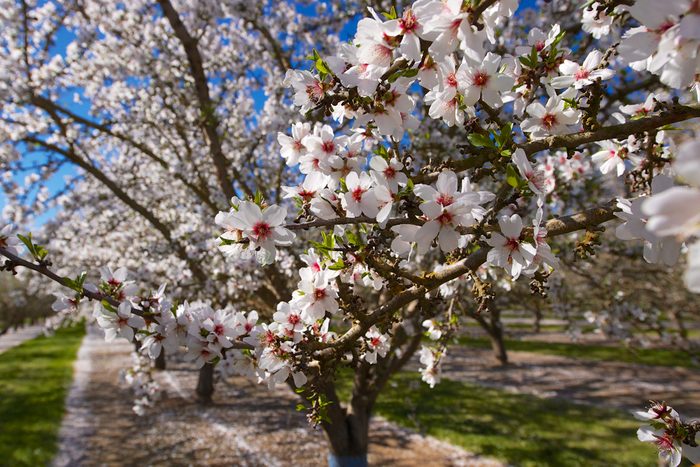
Sunshine State
Almond Facts: Eight out every 10 almonds produced in the world comes from California. The region’s climate is quite favourable to the growing of the crop and to the sensitivity of almonds trees to both temperature and pollination.

Think outside the box
Almond Facts: While whole almonds are delicious toasted and enjoyed on top of oatmeal or yogurt, and almond milk is the perfect addition to smoothies, there are so many more things you can use them for. Try using ground almonds as a base for tarts, bars and squares, or as a breading for chicken or fish. Swap almond milk for milk to make béchamel sauce, French toast or creamy mashed potatoes.
